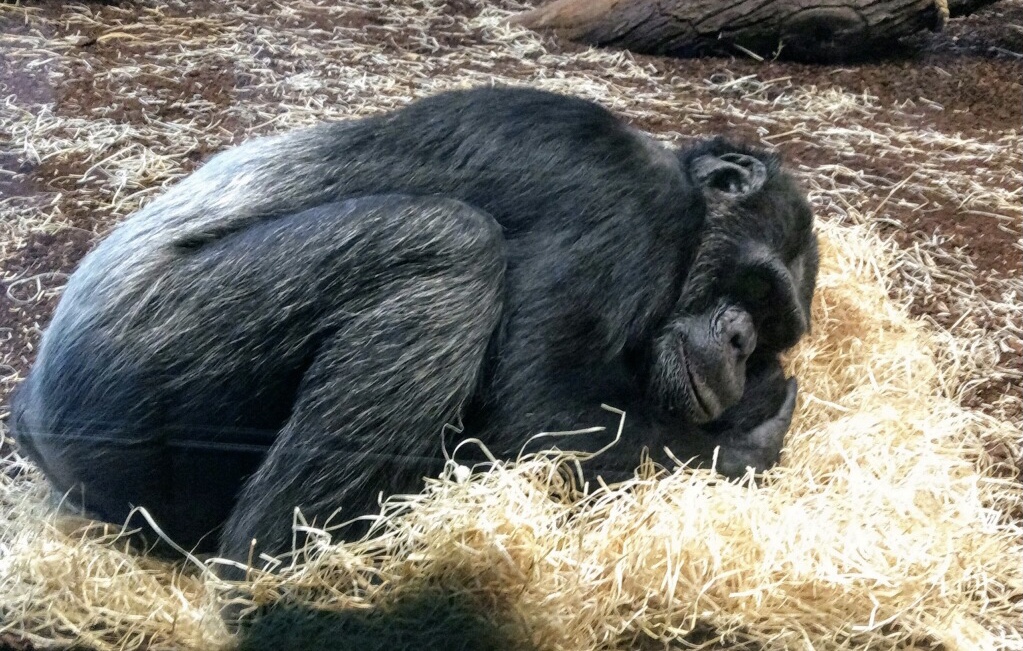Recently I discovered the joy of napping and I invite you to join me in this decadent pleasure. A friend schedules a brief “interlude” on her calendar every afternoon at 3:00 PM. I was a skeptic, worrying that an afternoon nap would interrupt my momentum — until recently when a heavy head cold flattened my productivity. I was surprised by how much rest my immune system demanded to perform its healing role. I learned firsthand how refreshing and revitalizing a few-minute break can be. So what used to be a clear “nope” to napping is now an enthusiastic “yup!”
I began using short naps to interrupt long afternoon meetings, mind-numbing conversations, and endless work sessions when my eyelids were fighting to stay open. I had no difficulty finding a place to nap without interruption — sometimes right at my desk, in my car, or even the inelegant stall of a convenient washroom. 4:00 PM seems to be my body’s hour of need. Rather than reaching for caffeine, I close my eyes and indulge in a few minutes of restful relief. To my surprise, when I return to what I left, I feel refreshed.
Napping seems self-indulgent. So of course I want justification — research to validate its value. First, I was surprised to learn that my friend Barb is in good company. Winston Churchill, John F. Kennedy, Ronald Reagan, Napoleon, Albert Einstein, and Thomas Edison valued an afternoon nap. There’s also science documenting the physiological benefits:
3 to 6-minute naps, known as ultra-short sleep episodes, improve declarative memory — the long-term memory that helps us record and recall facts and knowledge.
60 to 90-minute naps, known as slow-wave sleep, enhance cognitive ability — our attentiveness, learning, reasoning, and decision-making.
Studies also show that our busy lifestyles make us more and more sleep deprived. While naps do not compensate for inadequate night sleep, they do replenish the body.
Need more facts? More than 85% of our fellow mammals sleep for short periods throughout the day. Humans are part of the minority. We divide our days into two distinct periods, one for sleep and one for wakefulness. It’s not clear that this is the natural human sleep pattern. For example, young children and seniors enjoy naps, and napping is an important part of many cultures. In Europe there used to be long mid-day breaks when offices emptied and stores closed. During my travels I appreciated the break in the workday for a leisurely lunch and resting time to honor the digestive process. Unfortunately our uninterrupted work day has spread around the world, and midday breaks everywhere are becoming a thing of the past.
The stigma against napping is finally starting to wane — and for good reason. Taking a timeout during the day gives us more than just a quick energy boost. It offers serious cognitive and health advantages, and it feels good!
I don’t nap every day, but afternoon drowsiness reminds me of this great option.
Join me in a well-deserved nap? If you’re answer is“Nope,” I understand.
Maybe try it once?
Sources: Wikipedia.com, National Sleep Foundation, Gizmodo.


